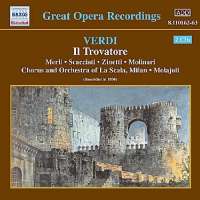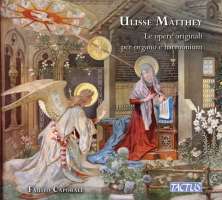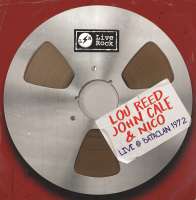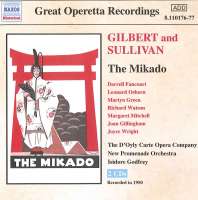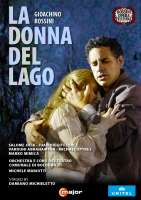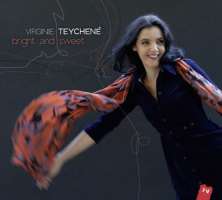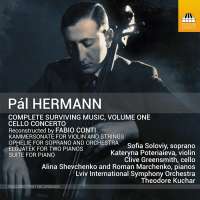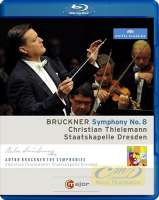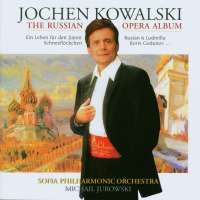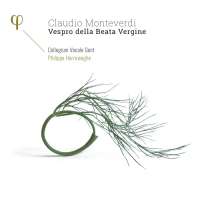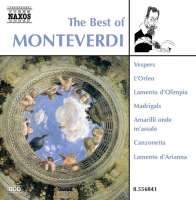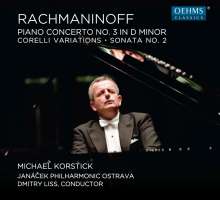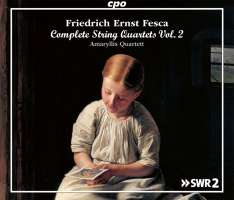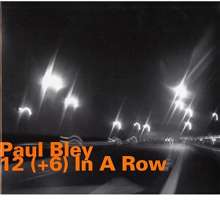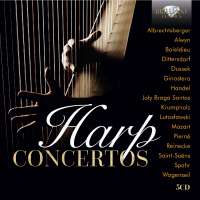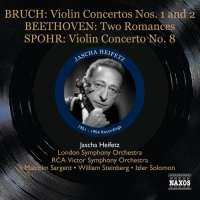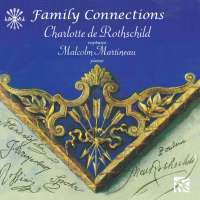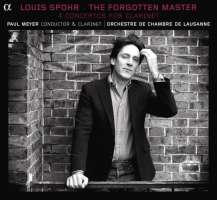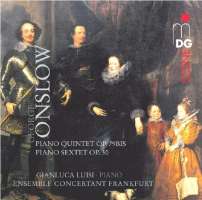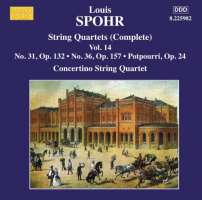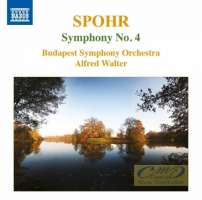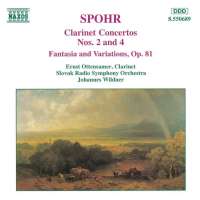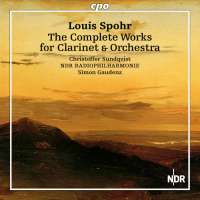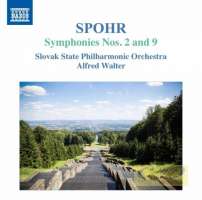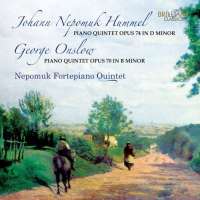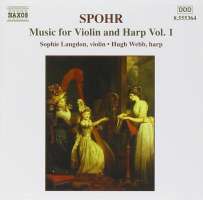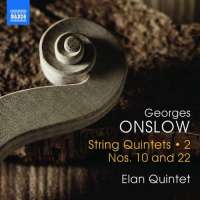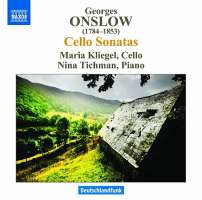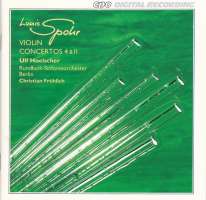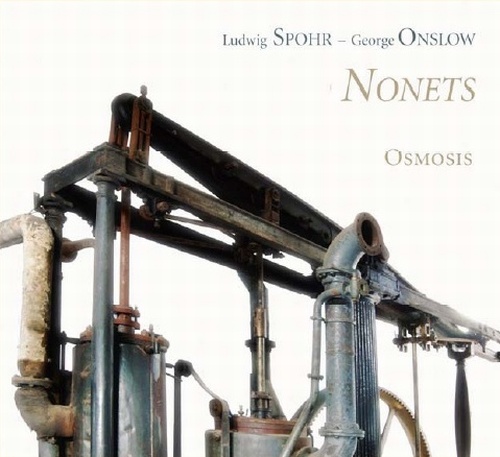
kompozytor
Onslow, Georges;
Spohr, Louis
tytuł
Spohr & Onslow: Nonets
wykonawcy
Osmosis
nr katalogowy
RAM 1007
opis
In this recording we present two pieces of early romantic music, in which the clear lines and transparency of classical music begin to give way to an impressionistic soundscape of shifts and slides and a vexatious chromaticism that draws the listener to unexpected destinations: instrumental timbres were mixed in surprising combinations that created unfamiliar coloursand the clarinet, arguably the prince of the romantic wind ensemble, coloured everything in its realm with its haunting, shadowy and indefinable sound. Spohr's nonet of 1813 is the first nonet written for this particular combination of instruments and making conscious use of the distinctive qualities and idiosyncrasies of each. For all its classical structural characteristics and the unity of expression that Spohr creates with his first pervasive theme, the nonet takes the listener on an unfamiliar journey as each new phrase introduces a different palette. Perhaps it is above all in his masterful mixing and revealing of all the colours of the musical rainbow that Spohr's originality and inspiration are strongly to be felt. Onslow's nonet (recorded for the first time on historical instruments) is startling from the very first bar! The force and volume of his opening declamation, the virtuosity of the violin's first flourishes, and the enormous range in each of the parts give the piece a distinctly 'modern feeling'. By comparison with Spohr's nonet this piece is the child of a different 'Zeitgeist'.
nośnik
CD
gatunek
Muzyka klasyczna
producent
Ramée
data wydania
03-11-2010
EAN / kod kreskowy
4250128510073

(Produkt nie został jeszcze oceniony)
cena 79,00 zł
lubProdukt na zamówienie
Wysyłka ustalana indywidualnie.
Darmowa wysyłka dla zamówień powyżej 300 zł!
Darmowy kurier dla zamówień powyżej 500 zł!
sprawdź koszty wysyłki
